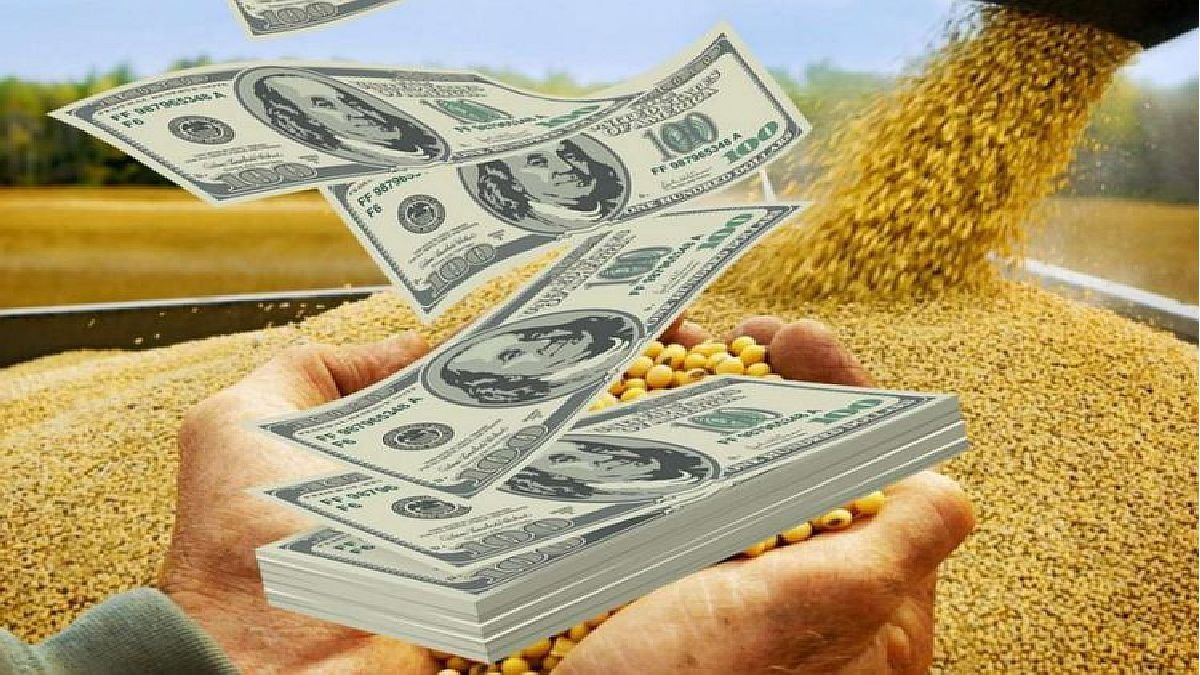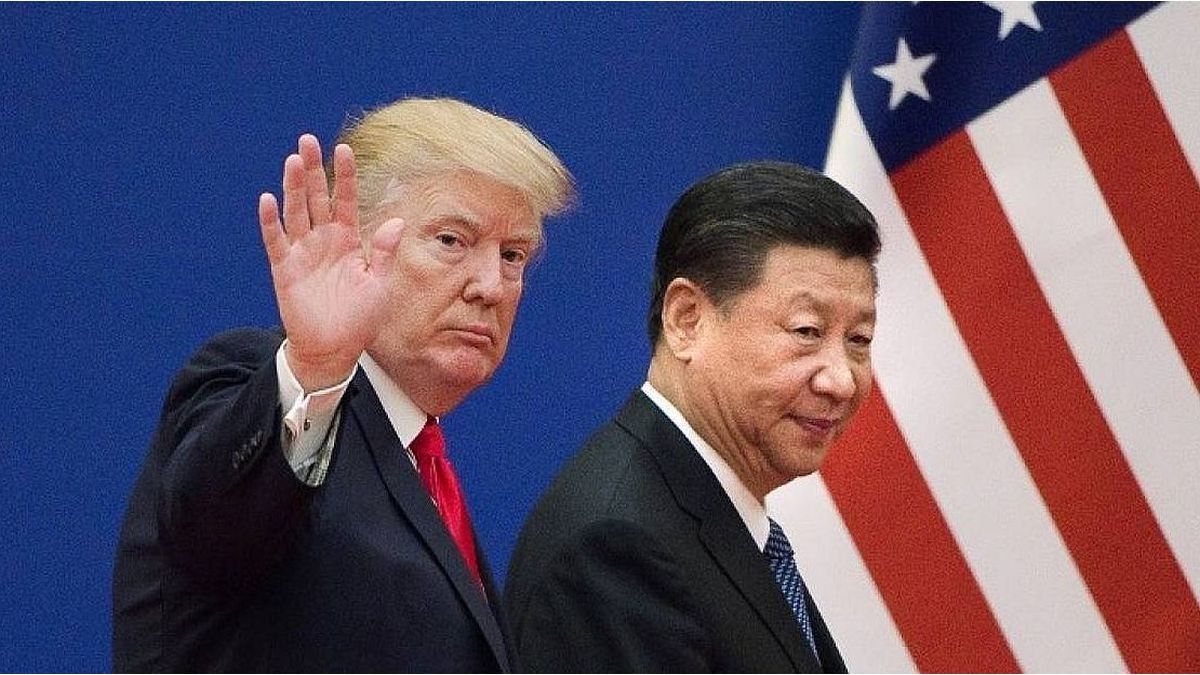So far in April, hand in hand with the special exchange rate and exports of other grains, the field has already settled a total of more than US$2,000 million.
At the beginning of this week and Despite the fact that the exchange market continues to show turbulence, US$105 million entered the soybean dollar alone and in total the field liquidated US$208 million, thus totaling US$1,390 million since this differential exchange rate was implemented . In addition, in the accumulated value of April, accounting for exports of other grains and by-products, the field has liquidated more than US$2,000 million, which represents an increase of 63% over what was received throughout March, when around US$1,228 million.
The content you want to access is exclusive to subscribers.
A fact to take into account that influenced the grain market is that during the day of Monday there was a stoppage of activities promoted by the Single Union of Freight Carriers of the Argentine Republic (Siunfletra) that affected the movement in ports and the main accesses in different cities. Strictly speaking, this is the second measure of force that has complicated the operation of the so-called soybean dollar, since during the past week port workers also stopped the activity due to other union-related claims.


Meanwhile, the Government remains firm in its goal of boosting grain sales for the new soybean campaign, whose harvest is advancing slowly in the main agricultural areas of the country and with yields well below expectations as a result of the drought. It also projects that, hand in hand with the regional economiesalso bring more dollars into an economy that needs foreign currency.
The first official estimates indicated that with the dollar soybeans could enter US$5,000 million until the end of May and some US$4,000 million until August from the regional economies. Although this objective has not been modified in the ruling party, in the field they move with extreme caution in the face of an exchange market that for more than a week has been convulsed, pushing parallel dollars upwards.
More specifically, currently Two very different realities are becoming evident in the field. The large producers still have soybeans from the past cycle and it is estimated that they have more than 7 million tons in their possession valued at about US$4,000 million, but for the moment they have not come out forcefully to sell merchandise. It is that in the midst of the various rumors they wait to make decisions and they have enough financial back to do so. On the sidewalk in front, Small and medium-sized producers have already sold their entire 2022 harvest and are receiving the grain for the new season, severely affected by the drought. Although the exchange rate of $300 per dollar is tempting, the truth is that agro-export companies are offering prices in pesos that are far from what farmers expected. Definitely, These two situations are also preventing a greater entry of foreign currency into the economy.
For its part, the Government clarifies that there is no strong devaluation of the official exchange rate on the agenda and that the Economy plan continues to be to accumulate reserves, take care of fresh dollars to produce and agree with various multilateral credit organizations on new disbursements that would arrive also with a relaxation of the goals imposed by the IMF. A cocktail that would give the economy a virtual bridge until the end of the year.
Source: Ambito




